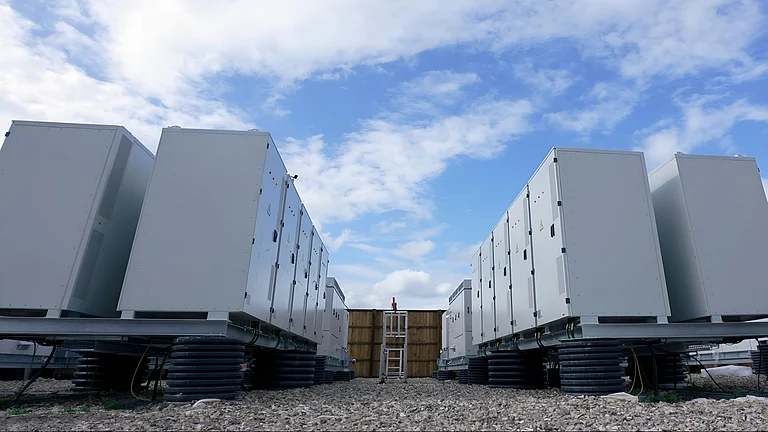Cybersecurity has become one of the most critical concerns for businesses across all industries due to the widespread digitalisation of sectors. In 2023, 66 percent of IT companies reported attempted cyberattacks on their systems in a report published by Sophos. The interconnected nature of the internet demands the highest levels of security to prevent system breaches, as it can lead to substantial financial losses. Additionally, increasing government regulations and growing awareness about data protection are compelling companies to make efforts to safeguard their systems. As a result, cybersecurity has become an essential department in most organisations today.
Traditionally, cybersecurity measures relied on manual efforts, but artificial intelligence (AI) is now increasingly being used to secure company data and products. A 2019 report from Capgemini revealed that 61 percent of businesses believe AI plays an important role in detecting and preventing cyberattacks. This finding shows the growing importance of AI in protecting digital assets.
In the past, maintaining cybersecurity defences at an organisational level has required significant computational resources because the systems relied on manual monitoring and response. The manual measures led to the over-provisioning of resources as excess computing power and resources were required to keep the threats in check. As a result, the overall security architecture was inefficient, translating into higher operational costs and a larger carbon footprint of the systems.
Today, AI is helping address these inefficiencies by optimising how resources like CPU and storage are used in detecting and handling threats.
Instead of relying on reactive defences, AI-driven cybersecurity systems identify emerging threats before they cause widespread damage. By doing so, it reduces the need for energy-intensive emergency interventions to fix compromised systems and restore operations. It also minimises system downtime and the associated post-attack recovery energy costs by ensuring that systems remain operational with fewer interruptions.
Using AI, organisations are able to prevent energy spikes observed during cyberattacks and recovery efforts through predictive maintenance. The energy-efficient threat detection reduces the computational load on data centres, which are the energy guzzlers in the modern-day computing architecture. Vast amounts of information are processed using AI at these data centres in real-time, which identifies and responds to threats faster. These preventive measures ensure energy-efficient cybersecurity systems, leading to leaner and more efficient safeguards.
AI’s predictive capabilities also extend to managing energy consumption in data centres by making accurate predictions about solar and wind power generation. Organisations can then schedule high-energy security maintenance tasks during periods of peak clean energy production. This reduces the dependence on carbon-based energy sources and maximises sustainable energy operations.
In addition, tasks that traditionally required continuous manual monitoring, such as intrusion detection, malware scanning, and vulnerability patching, can now be handled by AI. This automation reduces the need for human intervention and significantly decreases system resource usage, leading to lower energy consumption across the board.
AI is also helping reduce the computational demands of cybersecurity through energy-efficient algorithms. For example, advanced cryptographic tools can secure networks using less energy than conventional methods using AI-embedded encryptions. These cyphers use less processing power than conventional techniques while maintaining the same levels of security. Furthermore, AI optimises cloud-based cybersecurity, allowing Internet of Things (IOT) devices to decide between cloud protection and on-premises systems. This enables companies to switch between the two systems in real time, further improving energy efficiency.
Therefore, it is clear that AI is driving a more sustainable future while improving security in the digital world. It is helping organisations secure their systems by optimising resource usage, reducing energy-intensive interventions, and enabling predictive threat detection, all while lowering their carbon footprint. The integration of AI in cybersecurity is leading to the development of energy-efficient algorithms and automation that will rely heavily on clean energy and deliver a low-carbon ecosystem.
(Dipal Dutta, CEO & Founder, RedoQ)

























